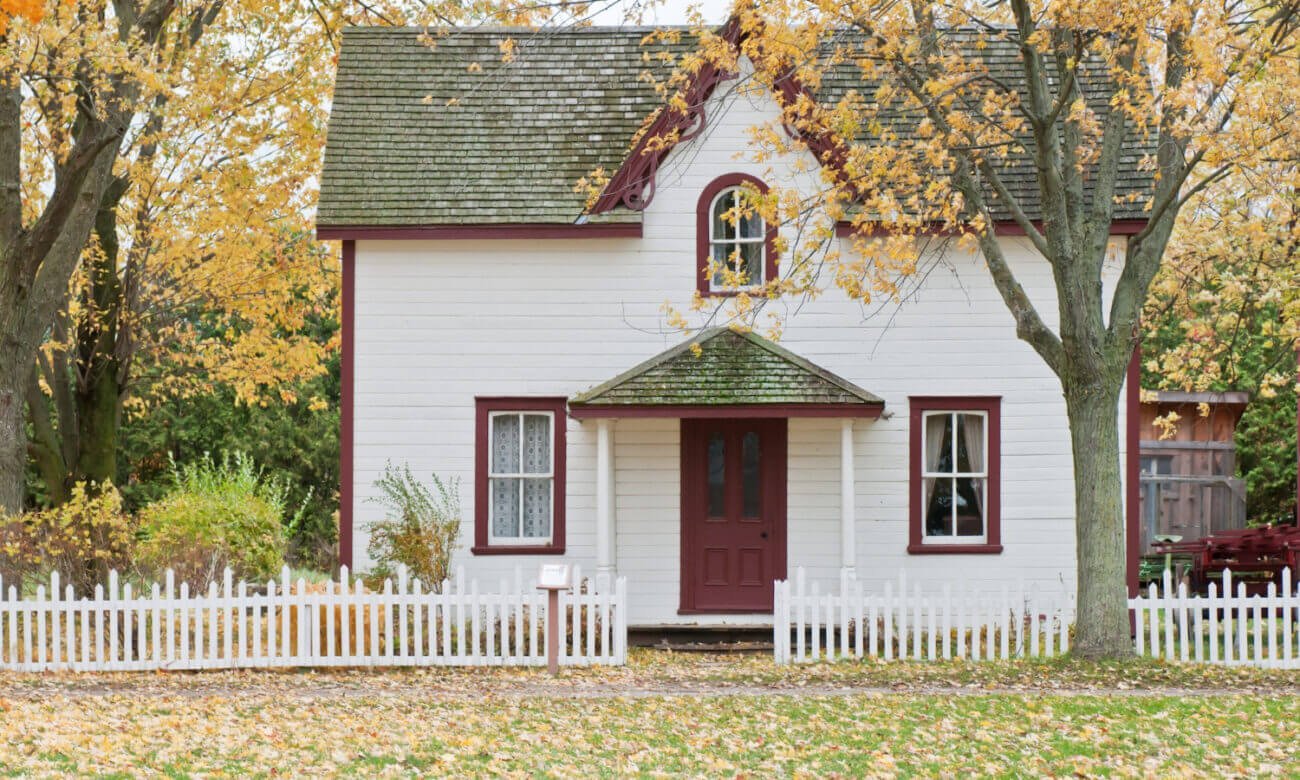[ad_1]
“Potential patrons might not have the money they require to pay for an asset like a second residence partially or in full,” says Maxine Crawford, a mortgage dealer with Premiere Mortgage Centre in Toronto. “They could have their cash tied up in investments that they can’t or don’t need to money in. By utilizing residence fairness, nonetheless, a purchaser can leverage an current asset in an effort to buy partially or in full one other important asset, similar to a cottage.”
What’s residence fairness?
Dwelling fairness is the distinction between the present worth of your property and the steadiness in your mortgage. It refers back to the portion of your property’s worth that you just really personal.
You may calculate the fairness you might have in your house by subtracting what you continue to owe in your mortgage from the property’s present market worth. For instance, if your property has an appraised worth of $800,000 and you’ve got $300,000 remaining in your mortgage, you might have $500,000 in residence fairness. Should you’ve already paid off your mortgage in full, then your property fairness is the same as the present market worth of the house.
What’s a house fairness mortgage?
A house fairness mortgage (generally referred to as a second mortgage) is when a house proprietor borrows cash utilizing the fairness they’ve constructed up of their residence as collateral for the brand new mortgage. Fairness is the distinction between the present market worth of the property and the steadiness owing on the mortgage. Sometimes, residence house owners can borrow as much as 80% of their property’s worth, together with any steadiness remaining on the primary mortgage.
The right way to use fairness to purchase a second residence
To purchase a second property utilizing residence fairness, you borrow cash from a lender in opposition to the fairness—which means you utilize the fairness as leverage or collateral. There are a selection of how a house proprietor can do that.
Mortgage refinance: If you refinance your mortgage, you substitute your current mortgage with a brand new one on totally different phrases, both together with your present lender or with a distinct one (when switching lenders, you might have to pay a prepayment payment, except your mortgage was up for renewal). When refinancing, you will get a mortgage for as much as 80% of your property’s worth. Refinancing your mortgage lets you entry the capital wanted to purchase a second residence.
Dwelling Fairness Line of Credit score (HELOC): A HELOC works like a standard line of credit score, besides your property is used as collateral. You may entry as much as 65% of your property’s worth. Rates of interest on HELOCs are typically larger than these on mortgages. Nonetheless, you solely withdraw cash once you want it, and also you solely pay curiosity on the quantity you withdraw, in contrast to with a second mortgage or reverse mortgage.
Second mortgage: That is once you take out a further mortgage in your property. Sometimes, you may entry as much as 80% of your property’s appraised worth, minus the steadiness remaining in your first mortgage. Second mortgages might be more durable to get, as a result of for those who default in your funds and your property is offered, the second mortgage supplier solely receives funds after the primary mortgage lender has been repaid. To compensate for this added danger to the second lender, rates of interest on second mortgages are typically larger than for first mortgages.
Reverse mortgage: Solely accessible to residence house owners who’re 55 or older, a reverse mortgage lets you borrow as much as 55% of your property’s fairness, relying in your age and the property’s worth. Rates of interest could also be larger than with a standard mortgage, and the mortgage have to be paid again for those who transfer or die. You don’t have to make any common funds on a reverse mortgage, however curiosity continues to accrue till the mortgage is repaid.
[ad_2]

